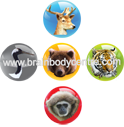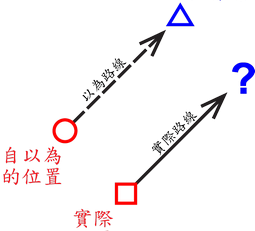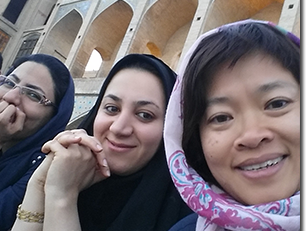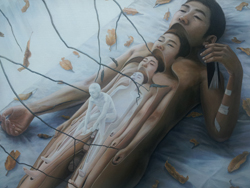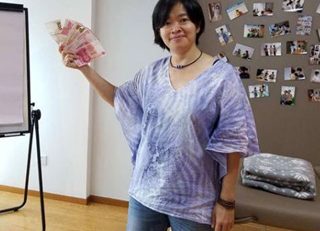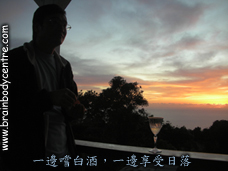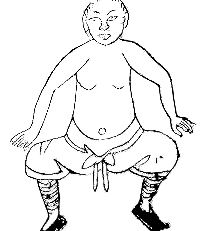Traditional Qigong Applied and Modernized – with Five Animal Play Metaphor Balances
Amy Choi (Hong Kong, China)
January 5, 2013
“Qigong,” or the Qi-guiding (daoyin) technique, is a jewel of Chinese culture. It has deep roots in history. Through breathing and exercising, ancient people strengthened their bodies and healed illnesses. Developing since ancient times, Qigong has various schools and streams; among them, the “Five Animal Play” is a kind of “animal imitation technique,” and is said to have been invented by the famous traditional Chinese medicine doctor Hua Tuo, who lived in the Eastern Han Dynasty about 1,800 years ago. Also, in the “Mawangdui Daoyin” exercises that date back to the Western Han Dynasty about 2,000 years ago, there are also movements that imitate animals (e.g. monkey, cat, mantis, tiger, turtle etc.), proving that imitation within the daoyin technique had been popular among the people two hundred years before Hua Tuo was born.
AMY CHOIUntil modern China, Qigong has had an important development. The State General Administration of Sports re-edited several famous health exercises, and developed it into a sport suitable for all ages, known as “Health Qigong.” It is promoted to sport universities in China and to the general public. Every year large competitions and sport events are being held.
The “Qigong Movement Series” of Qinesiology combines the qigong movements scientifically researched and approved by the state and the balancing procedures in kinesiology. Its purpose is to help people apply Qigong movements into their daily lives in order to balance themselves and improve their health, as well as to develop their potential and increase their awareness.
The characteristic of Qigong movements: “three adjustments into one”; that is, reach a balance of body and mind through the adjustment of the mind, breathing and body movements.
The models of Qigong Movement balance: the model of jing (matter), qi(energy), shen(information); the educational-model (to respect the learning pace of the person balancing, to draw out his needs and what has been learned); the self-responsibility model (to be responsible for one’s own life).
The advantages of the kinesiology balancing procedure: allows one to better target one’s goals and needs, and to apply Qigong into daily life. Also, with the feedback from muscle tests and balancing procedures, one’s noticing abilities and awareness are increased.
The characteristic of Five Animal Play Metaphor Balances: Through experiencing the seven balances derived from the metaphors of the five animals and the historical Five Animal Qigong movements, you can live with a playful heart.See leaflet for details.
One of the purposes of my designing the Qigong Balance Series is to make Qigong more modernized and applicable to daily life, to better suit the modern man’s needs for growth and development in body, mind and soul, and to further realize the value of Qigong as a cultural jewel.
Since 2007, the value of the “Qigong Movement Balance Series” has been noticed by foreigners, and has been successfully promoted through the free market. First it was in Germany, then in the U.S., Japan and Indonesia. In China, besides Hong Kong, public workshop and corporate sponsors in the mainland have also expressed interest in the series.
It is better for people with experience in kinesiology and who know how to do muscle tests to take the Qigong Movement Balance Series. It is better for a student who doesn’t have kinesiology background to practice with a student who does. This series is mainly for adults; as the balances and movements require a certain degree of stamina, balance and flexibility, the elderly is advised not to strain themselves and work only within their capacities.
Besides the Five Animal Play Metaphor Balances, there is also the Yi Jin Jing Metaphor Balance: To Live Out Your Greatness. Other courses will be out in the next few years.

